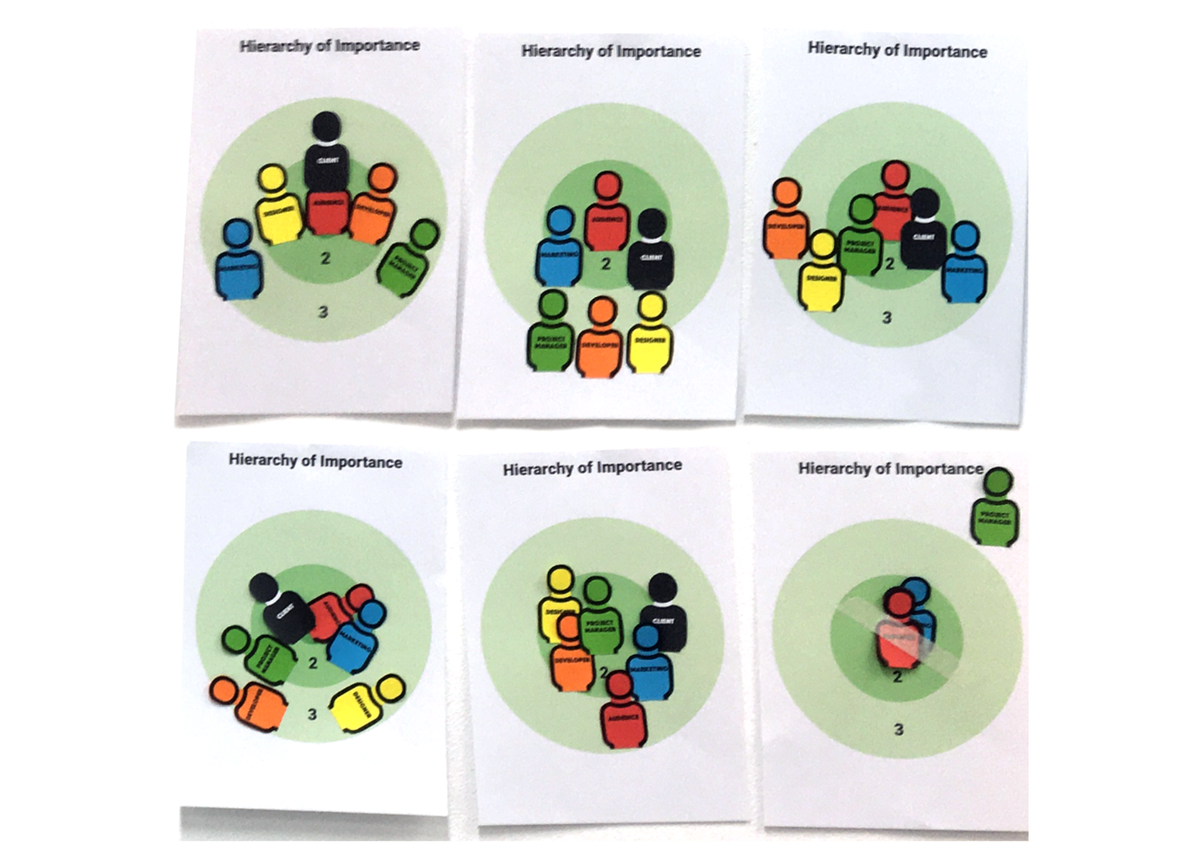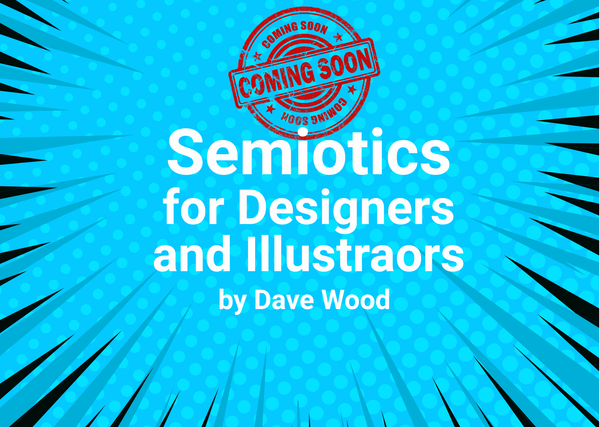ESSAY: Semiosis 101: Audience-centred Graphic Design By Applying Peircean Semiotic Sign-Action

An Exclusive Semiotic Essay for Paid Subscribers
This essay may be published in the future in a design journal.
Abstract
Ellen Lupton and Abbott Miller remarked as far back 1996 that graphic designers as practitioners “have not yet begun to focus on audience reception to graphic design work” (1996). With limited resources to research target audiences, graphic designers often find it problematic to discover for whom they are designing (Smith 1994: 302), and how to effectively visually communicate to that target audience. In a workshop called Who’s The Boss? a group of young graphic designers’ realised that when designing they would place their target audience top in a hierarchy of importance.
This essay will examine applying a semiotic strategy during graphic designers’ ideation phase, to help designers to centre their target audience and enhance the effectiveness of how they visually communicate. To centre the audience, this essay adopts an application of Charles Sanders Peirce’s semiotic theory of Semiosis (Peirce 1932), as a strategic theoretical ‘tool kit’ to design effective visual hooks for an audience’s attention. For brevity and to separate Peirce’s theory from the Structuralist linguistic-based Semiology, I refer to his theory as Semiosis, which is a pragmatic semiotic sign-action. A pragmatic semiotic approach goes beyond mere encoding/decoding signifier/signified dualism (Smith 1994: 300-301).
Semiosis forms a Determination Flow between a concept to be communicated, how it is visually represented by designers, which in turn elicits an interpretation from the target audience. This essay outlines how designers can semiotically craft their visual language to make stronger and more authentic connections to any audience’s cultural contexts. In a meaning-bearing piece of visual communication, there is an interpretable flow from the semiotically encoded meaning, through the aesthetic, which aids the successful interpretation of the intended meaning. I will apply Peirce’s theory of Semiosis into graphic design by adopting designer-centric language (Wood 2022). In doing so we can examine how Semiosis’ Iconic, Indexical and Symbolic levels of representation of the concept can help to connect to and centre an audience’s attention.
The essay will conclude with ways that designers’ visual language can be strengthened during their ideation phase to “hook” the audience’s attention, by semiotically aligning their aesthetic visual language with visual qualities, which are already familiar to a target audience.
Introduction
In this theoretical speculation essay, I suggest ways to centre the audience in



